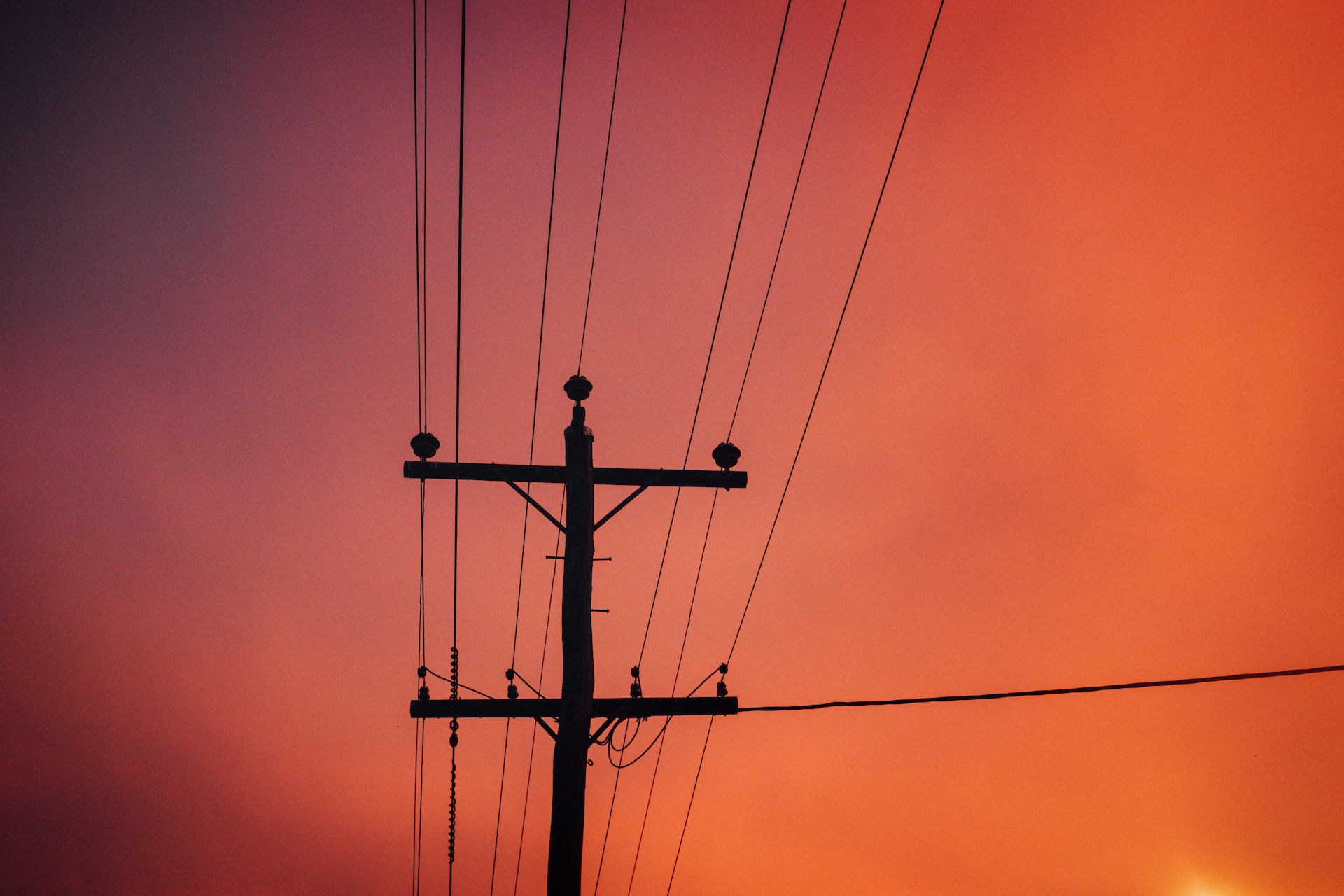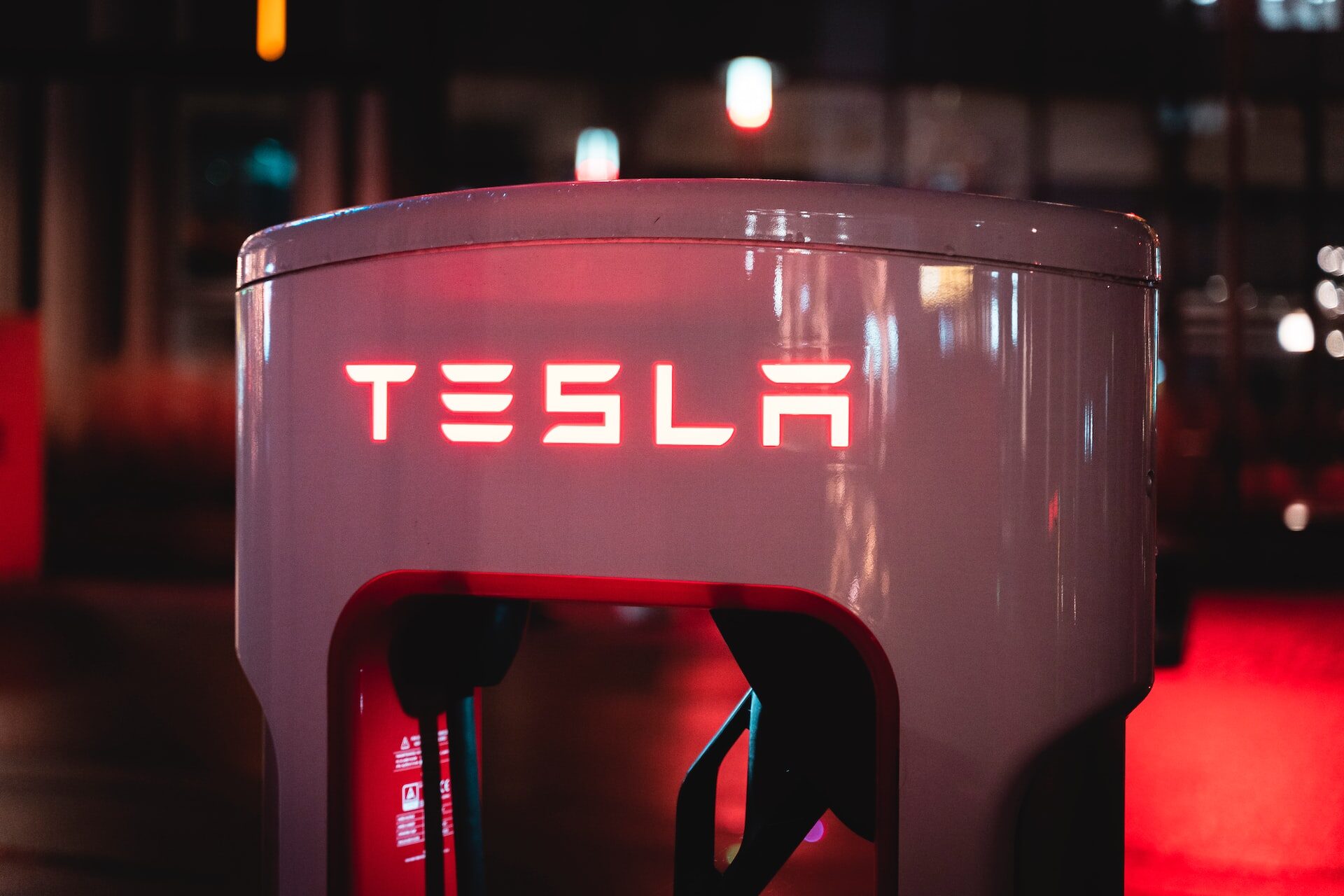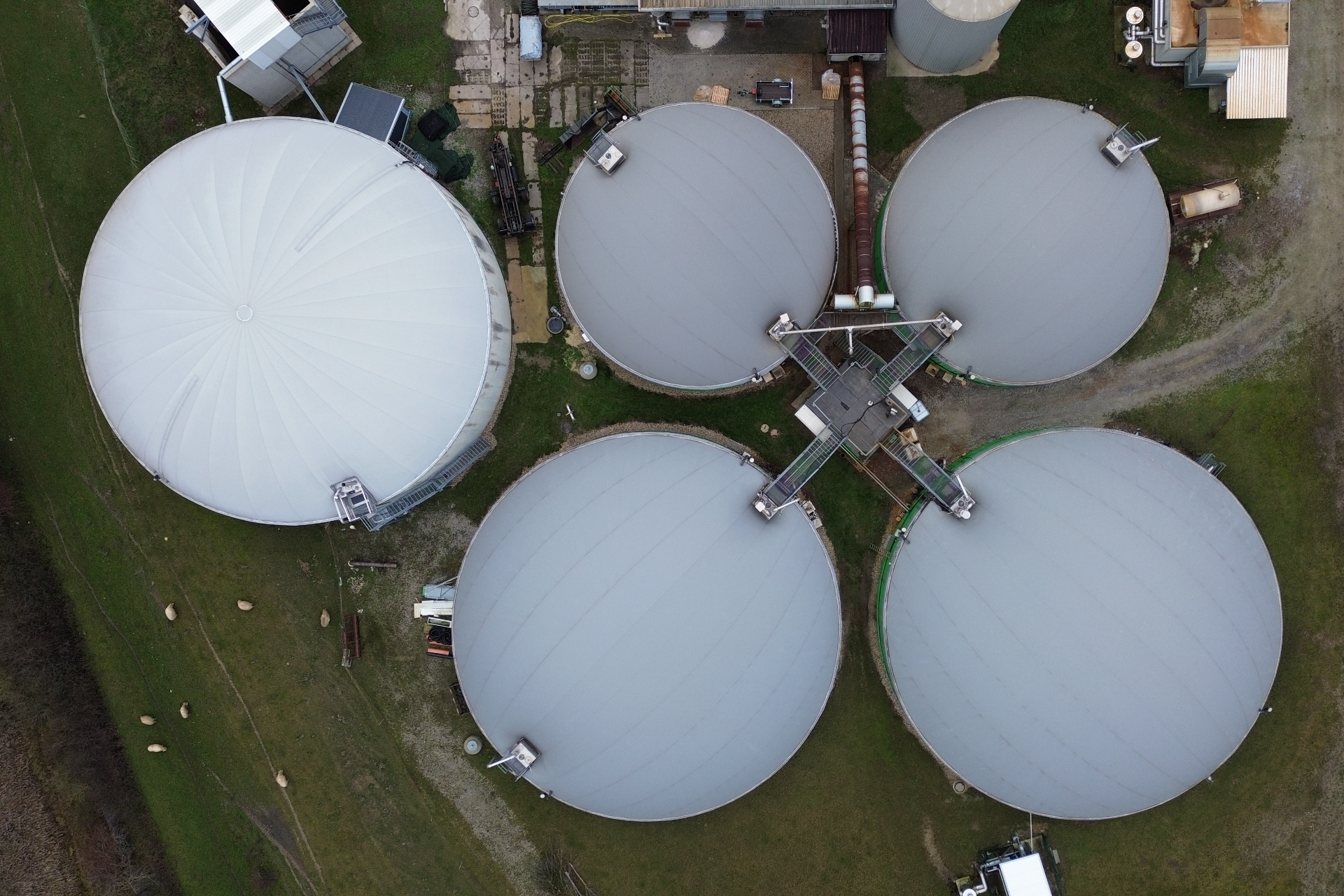
What Benefits Do Smart Grid Networks Bring?
November 19, 2023 - Ellie Gabel
Revolutionized is reader-supported. When you buy through links on our site, we may earn an affiliate commision. Learn more here.
Electricity is something that people in many areas of the world take for granted. They assume they’ll always have it and plan their lives and activities accordingly. However, severe, widespread outages are becoming more common. That’s problematic because many people need electricity to operate life-saving medical devices used at home. Also, lengthy power outages can be prohibitively costly for businesses ill-equipped to handle them. However, smart grid networks can reduce some damaging effects of power losses.
Smart grids have various features depending on the companies or areas using them. Generally, though, a smart grid has connectivity capabilities that enable real-time monitoring and adjustments.
These options are becoming increasingly popular, but decision-makers in some cities and countries are becoming more eager to tap into the advantages of the connected infrastructure. What perks can people expect by taking this approach?
Fewer Interruptions
Power outages are certainly annoying. Even if they only last for a half-hour, such events can disrupt activities ranging from cooking to relaxing after work. Relatedly, many consumers don’t understand the massive assortment of factors that can cause electricity disruptions. If they happen too frequently, customers may start blaming their power companies, even if the problems are entirely due to factors such as severe weather.
So, it’s in a power company’s best interest to communicate with stakeholders and identify opportunities to invest in and improve smart grid networks. Doing so can provide improved visibility that reduces overall outage time.
Such was the case for Penn Power as leaders there embarked on a multiphase infrastructure improvement project involving a smart grid. Even before moving to the second phase, the company experienced a 74% reduction in the time its customers were without power.
The project’s second phase involves installing automatic reclosure devices at substations and along power lines. These additions act like circuit breakers that can turn off the power during dangerous conditions. However, they also restore energy flow within seconds of specific outages, greatly reducing longer disruptions.
Any energy industry leaders thinking about taking this approach should begin by gathering historical and trend-related outage information. Studying it can show whether there are significant shortcomings that smart grid networks could improve. Decision-makers should establish baseline data, and then track the changes after deploying connected infrastructure options. They also must remember it may take time to see results, especially if developing the smart grid requires new processes.
Improved Oversight
Experts have long asserted there’s no time to waste in upgrading the grid. The ways users rely on electricity are changing, and so must the infrastructure that provides the power. Cybersecurity experts are also concerned that hackers will target aging grid infrastructure, using it as a gateway to widespread, damaging attacks. It’s worth pointing out, though, that unsecured smart grid networks pose risks, too. As people think about creative ways to meet goals with connected technologies, they must consider current challenges.
One common obstacle relates to identifying damaged areas of the power infrastructure. People need reliable data about which sections are not functioning correctly and why. Then, the overall time frames associated with sending crews to address and resolve the matters get shorter.
Michigan’s DTE Energy has embarked on a five-year plan to ramp up grid automation. Part of the project involves using 10,000 smart devices that will provide details about the location and extent of grid damage. Leaders believe fully automating the electrical infrastructure with those devices will make outages shorter and less frequent.
Enhancing Tree-Trimming Decisions
Another facet of the initiative involves trimming trees at risk of downing electrical lines. Some electrical companies already use advanced technologies, such as artificial intelligence, to determine which trees to tackle first. That was previously a manual task, where technicians went to walk the lines and make educated guesses about which trees to trim first based on how quickly they’d grow. However, artificial intelligence can make those predictions faster and more effectively, giving humans more time in their workdays for other tasks.
Smart grid networks can enhance oversight, but people will get the best results by considering which metrics they want to track. Then, they can expand the approach by determining which goals they can meet by monitoring those statistics. A smart grid plan could take several years to roll out. That’s okay as long as the people managing the process have frameworks for making incremental and steady progress.
Lower Consumer Costs
Most people love getting electricity bills that are lower than they expected. Thanks to the increased availability of smart grid networks, such occasions are less surprising and more frequently expected. Many companies allow customers to log into dedicated interfaces to see how their electricity usage compares to previous months. They can then make the appropriate usage changes to keep bills under control. Many people appreciate how the data empowers them to make better decisions.
Moving Toward Transactive Arrangements
A 2022 study based on improving Texas infrastructure with smart grid networks also revealed attractive economic benefits. The outcomes suggested customers could save approximately 15% on annual electricity costs through utility partnerships. More specifically, people would enter into utility company agreements that allow the dynamic control of the most intensive electricity applications, such as heat pumps or electric vehicle chargers. Such arrangements are called transactive agreements.
Although some people in the energy industry are interested in the benefits they offer, such arrangements have never been tested on a large scale due to the high number of unknown factors posed.
A reduction in peak loads was another factor identified as contributing to lower costs in the study. The data suggested adding smart technology to the Texas grid would cause peak loads to go down by as much as 15%. Additionally, the transactive system could reduce load swings by 20 to 44%. The researchers clarified that smart grids can act like shock absorbers by balancing the differences between supply and demand that could otherwise cause outages.
Since transactive arrangements related to smart grid networks are still in the early stages and not yet deployed on a large scale in real life, energy industry professionals should keep an eye on how things develop. Alternatively, suppose they have decision-making authority and feel especially excited about paving the way. In that case, they should start laying the groundwork for new projects that combine transactive arrangements and smart grids.
Smart Grid Networks Are Worth Exploring
Power outages are incredibly disruptive, but those overseeing the grid can reduce such outages — and achieve better overall management — by assessing smart grid technologies. However, any of these efforts must be highly personalized for the individual companies and smart grid networks in question. Moving forward with a tailored approach will help people strategize to get the best results.
Revolutionized is reader-supported. When you buy through links on our site, we may earn an affiliate commision. Learn more here.
Author
Ellie Gabel
Ellie Gabel is a science writer specializing in astronomy and environmental science and is the Associate Editor of Revolutionized. Ellie's love of science stems from reading Richard Dawkins books and her favorite science magazines as a child, where she fell in love with the experiments included in each edition.




